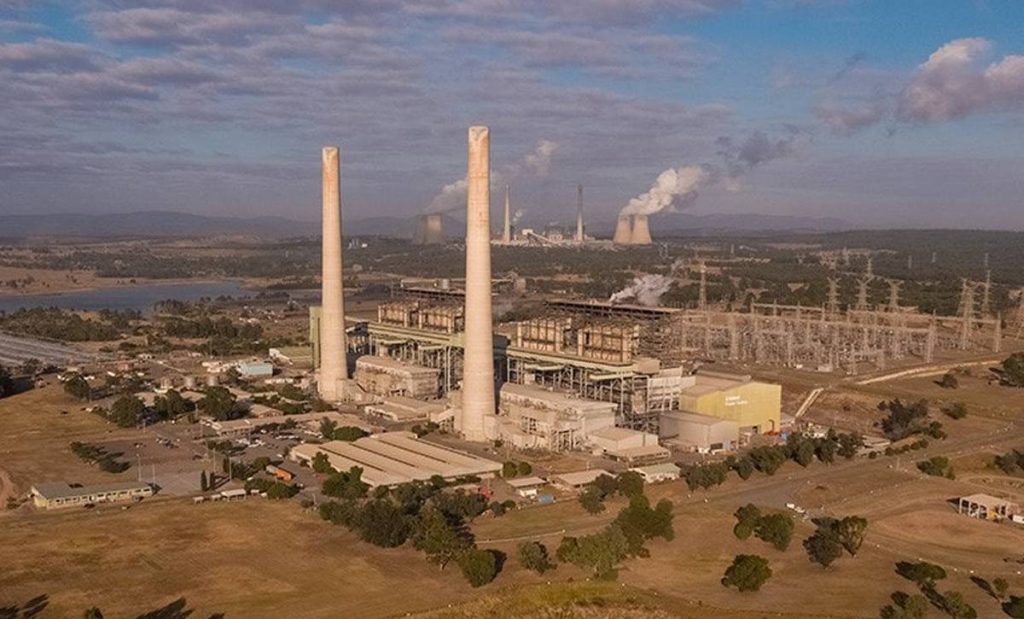Coal is one of “nature’s gifts1” that keeps on giving even after it’s burned – and not just in terms of emissions.
One of the by-products of burning coal is ash – and lots of it. When it’s not being left in massive dams, it can be used in applications such as cement, asphalt and bricks.
AGL announced last week that AGL Macquarie has suspended sales of its coal ash and ash by-products after testing revealed “some” of the coal ash indicated elevated levels of heavy metals including chromium and cadmium.
“Our external expert’s initial advice is that the levels detected in the coal ash samples taken do not pose a risk to public or worker health and are unlikely to pose an unacceptable risk to the environment given the uses to which the coal ash is put,” said AGL’s Executive General Manager of Group Operations, Doug Jackson. “We acknowledge failures in our own practices, and a thorough review is underway.”
The ash in question comes from AGL’s Bayswater and Liddell power stations in New South Wales.
Liddell Power Station is the facility that AGL intends shuttering in 2022. It will be replaced with gas peakers, renewable energy including solar power, battery energy storage, demand response and upgrades to Bayswater. This plan met with much opposition from the Coalition Government, particularly Liberal back-bencher Craig Kelly.
According to AGL, Bayswater produces around 15,000 GWh of electricity a year and Liddell generates approximately 8,000 GWh.
How much coal ash does that result in?
Ash production depends on the type of coal used. Liddell and Bayswater both burn black coal. Black coal includes anthracite, bituminous and sub-bituminous coal. It appears that the two power stations burn bituminous coal, which has an ash content of 3% – 12%. A Sydney Morning Herald article from 2017 states Bayswater and Liddell burn around 12 million tonnes of coal a year. Based on that figure and the use of bituminous coal, ash production could be between approximately 240,000 tonnes and 1.44 million tonnes – a year.
It’s a lot of ash to deal with.
Coal ash has caused headaches for AGL Macquarie – and the environment – in the past. Among the incidents, the company was fined $15,000 in 2016 by the NSW Environment Protection Authority (EPA) after a discharge of a “relatively small volume” of fly ash into Bayswater Creek. Last year it copped a fine after slurry overflowed from ash dam infrastructure at Liddell Power Station onto an area of sensitive vegetation on-site.
Coal Ash Pollutants Contaminating Groundwater In Texas
Across the warming and rising Pacific Ocean now to the USA, where a report released last week states all 16 coal-fired power plants in Texas with available records have been found to be leaking toxic contaminants into groundwater from coal ash. Twelve of those reportedly had unsafe levels of arsenic in the nearby groundwater, with some indicating concentrations 10 times higher than the EPA Maximum Contaminant Level. Other contaminants at levels of concern were boron, cobalt and lithium.
According to the US Environmental Protection Agency (EPA), coal ash is one of the largest types of industrial waste in the USA – 130 million tons of it was generated in 2014.


 RSS - Posts
RSS - Posts



Putting fly ash in cement makes it cure faster. Unfortunately, it reduces the amount of CO2 it absorbs from the atmosphere. Ideally ash free cement would be cheaper to encourage its use where ever time is not of the essence.
It would also be nice if coal generators would keep their ash mounds stable. The more it gets spread around the more that will end up in the atmosphere as CO2.